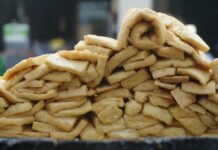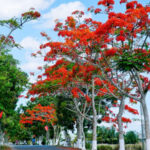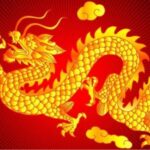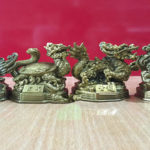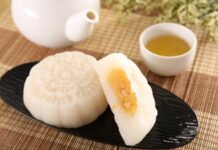Meet the majestic Paulownia tree, a species that is not only deeply rooted in folklore but also entwined with enigmatic legends. Paulownia, or more commonly known as the Empress tree, boasts a sturdy trunk, soaring height, and resilient vitality. It’s not just any ornamental tree; its potential for grandeur is legendary.
The Legend of the Phoenix and the Paulownia Tree
In Eastern culture, the Paulownia tree is inextricably linked to the mythical phoenix. Though a creature of fantasy, the phoenix symbolizes power, vibrant life, and rebirth. Legend has it that the phoenix would grace the Paulownia tree with its presence, bestowing good fortune and heralding the rise of prosperous dynasties. Thus, the tree came to be revered as sacred, embodying immortal essence intertwined with the divine forces of nature.

Royal Connections and Legends of Power
The Paulownia tree features prominently in royal legends, especially those steeped in narratives of power and prosperity. In Vietnam, a folk tale from the Tản Viên mountain range recounts a youth from the Hồng Bàng period venturing to chop down a Paulownia tree, only to witness its resilient revival. Guided by a white-haired sage, the young man learns of the tree’s divine protection and its status as a symbol of thriving abundance.
The Paulownia Trees of Huế’s Imperial City
The Paulownia tree isn’t merely a fixture of legends; it played a pivotal role in Vietnam’s history and culture, particularly in the Imperial City of Huế. During the reign of Emperor Minh Mạng, Paulownia trees from Guangdong, China, were introduced to the Đại Nội complex in Huế, not just as ornamental specimens but as integral components of the imperial landscape.

The Paulownia trees in Huế blossom with pinkish-purple flowers during spring, extending into early summer, painting the imperial city with a romantic and serene ambiance. The delicate beauty of these blooms inspired their adoption as a symbol of Huế’s ethereal charm. Moreover, during Emperor Minh Mạng’s era, the Paulownia flower was immortalized on the Cửu Đỉnh, celebrating the richness of Vietnam’s natural bounty and evoking national pride.
A Symbol of National Pride
The Paulownia tree stands as an emblem of national pride, gracing the Imperial City of Huế and other significant sites. Its blossoms not only adorn the city but also symbolize the harmonious fusion of nature and humanity. Despite debates surrounding the Paulownia tree’s origins, many believe that the trees in Huế are descendants of the revered southern variety.
Paulownia trees from the Trường Sơn mountains have been transplanted throughout the city. While the Chinese variety blooms in autumn, the Huế Paulownia welcomes spring with its vibrant flowers.
The Paulownia trees planted in the Imperial City of Huế remain a proud testament to a glorious era in history. With their pinkish-purple blossoms, they continue to inspire and captivate those who cherish the ethereal and romantic beauty of Huế and Vietnam as a whole.
Heeding the ancient wisdom that planting Paulownia trees invites the phoenix, these majestic trees embody more than just aesthetic appeal. They are sacred connectors of past and present, enriching Vietnam’s cultural tapestry with their timeless allure.
The Power and Significance of the Dragon and Phoenix in Feng Shui
“The majestic dragon and phoenix statues are not just decorative pieces but hold a special place in many households. These iconic symbols are believed to bring a host of benefits and positive energy, as outlined in the principles of Feng Shui. Discover the hidden powers and significance of these statues and learn how they can bring prosperity and good fortune to your family.”











